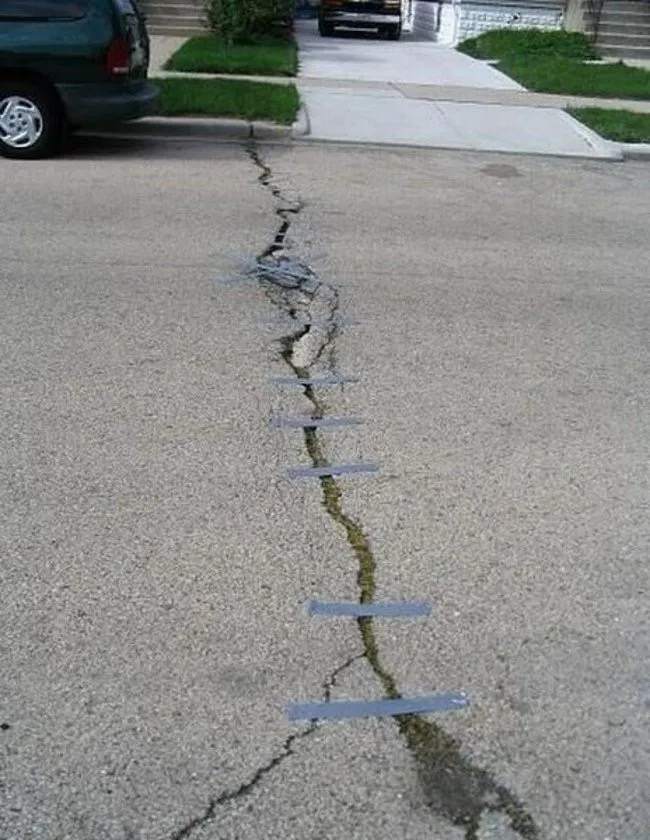The US-based AAA Foundation for Traffic Safety has carried out research revealing shocking figures on young driver distraction. According to video analysis, 58% of moderate-severe crashes involving teenaged drivers in the US include distraction as a causal factor. This figure is around four times than was previously thought based on police reports.
March 26, 2015
Read time: 2 mins
The US-based 4796 AAA Foundation for Traffic Safety has carried out research revealing shocking figures on young driver distraction. According to video analysis, 58% of moderate-severe crashes involving teenaged drivers in the US include distraction as a causal factor. This figure is around four times than was previously thought based on police reports.
The researchers investigated what happened during the six seconds prior to crashes. This study used video footage captured from in-vehicle recording equipment in close to 1,700 incidents involving teenaged drivers. The research revealed that driver distraction was a factor in 89% of incidents involving a vehicle leaving the road and 76% of those involving a rear-end crash. This is of note as previous data from the2467 National Highway Traffic Safety Administration (NHTSA) has suggested distraction is a factor in just 14% of crashes involving teen drivers.
Interaction with passengers and cellphones were noted as particularly high risk factors by the research. The study showed that drivers using cellphones whether for texting, emailing, using the Internet or making phone calls, meant that drivers were not looking at the road for an average of 4.1 seconds of the six seconds immediately prior to a crash. Those teen drivers using a cellphone at the time of a crash failed to brake or steer out of danger in 50% of the crashes.
According to the AAA, graduated drivers licenses could help by restricting passengers and prohibiting cellphone use.
Analysis of crashes shows that teenaged drivers have the highest risk rate for any age group in the US. In 2013, police reports show that around 963,000 drivers aged 16-19 were involved in crashes. This is the most recent year with accurate data available. In the crashes, there were 383,000 injuries and 2,865 deaths.
The researchers investigated what happened during the six seconds prior to crashes. This study used video footage captured from in-vehicle recording equipment in close to 1,700 incidents involving teenaged drivers. The research revealed that driver distraction was a factor in 89% of incidents involving a vehicle leaving the road and 76% of those involving a rear-end crash. This is of note as previous data from the
Interaction with passengers and cellphones were noted as particularly high risk factors by the research. The study showed that drivers using cellphones whether for texting, emailing, using the Internet or making phone calls, meant that drivers were not looking at the road for an average of 4.1 seconds of the six seconds immediately prior to a crash. Those teen drivers using a cellphone at the time of a crash failed to brake or steer out of danger in 50% of the crashes.
According to the AAA, graduated drivers licenses could help by restricting passengers and prohibiting cellphone use.
Analysis of crashes shows that teenaged drivers have the highest risk rate for any age group in the US. In 2013, police reports show that around 963,000 drivers aged 16-19 were involved in crashes. This is the most recent year with accurate data available. In the crashes, there were 383,000 injuries and 2,865 deaths.






